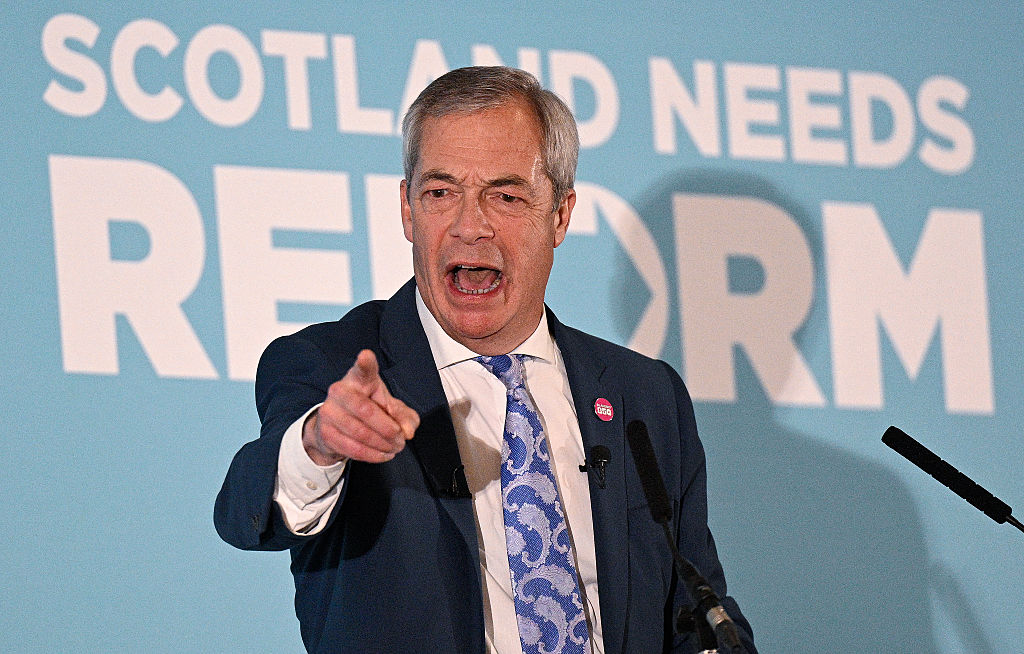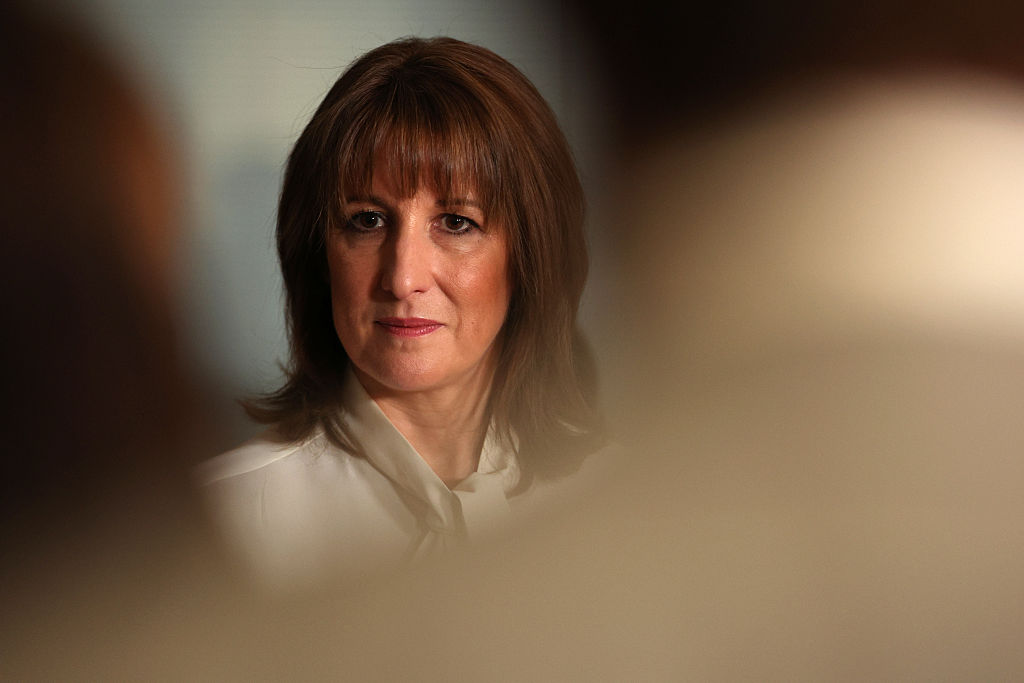Don't buy now - wait for the tide to retreat completely
Markets have fallen steeply since the start of the year, and the FTSE 100's key level of 6,000 has been breached. But wait for the tide to ebb fully before getting back into stocks.
The front page of what was then called the "Onassis" newsletter, issue number 550 dated 2nd August, simply said "The tide is going out".
It is probably sufficient now to just say "The tide is still going out" and then move on because the important long-term opportunity to re-invest in stock market investments globally will not occur until the tide has fully ebbed.
As a child, I can remember trying to understand why it was that when my parents told me the tide was going out, it seemed to me that the waves were coming in. So what's been going on since the previous issue two weeks ago is that a few waves have come in; in other words, a rally triggered by a "bear squeeze" - caused by highly leveraged speculators betting on the markets' decline covering their short positions.
MoneyWeek
Subscribe to MoneyWeek today and get your first six magazine issues absolutely FREE

Sign up to Money Morning
Don't miss the latest investment and personal finances news, market analysis, plus money-saving tips with our free twice-daily newsletter
Don't miss the latest investment and personal finances news, market analysis, plus money-saving tips with our free twice-daily newsletter
The FTSE 100 kindly provides a line in the sand for us to use, it is the level 6000, below which we consider the ongoing bear market is near as certain to continue its descent. When that level was breached to the downside on Wednesday, 16th January, the subsequent sharp decline was par for the course. Now the rally to just below the 6000 level before the next failure is what we should expect and what, at the time of writing, appears to be happening.
Once this consolidation has completed, the next big leg down should start. The expression "the tide's going out" is a proxy for the credit contraction. There are key events which with hindsight can be recognised as defining moments.
On Monday 21st January, America enjoyed one of their infrequent bank holidays in memory of Martin Luther King. Whilst New York's markets were shut, Asia and Europe saw disastrous stock market decline, part of which we learned latterly was triggered by the big losses Socit Gnrale suffered as a result of a rogue trader.
It was certain that the Fed were going to make a significant reduction in short-term interest rates at their next meeting but that was not until Wednesday 30th January, but on the morning of Tuesday 22nd September a sword of Damocles was hanging over the US stock market. At the opening the Dow Jones that Tuesday morning was set to be down 400 or 500 points. Bernanke stepped in to save the day with a huge unscheduled 75 basis points cut, the biggest unscheduled cut since the 1980s. What followed was a stock market rally but the defining moment was that at the end of the day, the Dow closed down in spite of that massive Fed intervention.
Bernanke, when he announced the unscheduled cut, he also intimated that there was more to come. A week later when the Fed met officially on the 30th January, the Fed cut another 50 basis points and still left the door open for more. The US market immediately responded, up 1.7% but closed lower on the day, the second defining moment and clear evidence that the tide is still going out.
The American housing market has shown further signs of bleak deterioration and associated problems for the credit markets continue. The Case-Shiller Index of Home Prices based on 20 large cities, for the year to November 2007 was down 7.7%; worse than 6.1% for the previous month and worse than economists were expecting which was a decline of 7.12%. It was also reported that in December housing starts declined 14% to a seasonally adjusted 1.006 million versus November when starts were down 7.9%, the economists had forecast a 5% decline.
Countrywide, the largest American mortgage lender, reported that 7% of their loan book was in default compared to only 5% a month ago. Capital One, the largest US independent credit card company, has taken a $5.9 billion bad debt charge for 2007 versus $3.1 billion debt charge taken in 2006.
There is little doubt that a recession is certain - the latest news is that America's fourth quarter GDP growth was only 0.6% annualised; pretty bad by any account what price first quarter 2008 turns out to be one of negative GDP growth.
By John Robson & Andrew Selsby at fullCircle Asset Management, as published in the threesixty Newsletter, a fortnightly newsletter that gives insight into the investment markets.
For more from FullCircle, visit https://www.fullcircleasset.co.uk
Get the latest financial news, insights and expert analysis from our award-winning MoneyWeek team, to help you understand what really matters when it comes to your finances.
MoneyWeek is written by a team of experienced and award-winning journalists, plus expert columnists. As well as daily digital news and features, MoneyWeek also publishes a weekly magazine, covering investing and personal finance. From share tips, pensions, gold to practical investment tips - we provide a round-up to help you make money and keep it.
-
 Christopher Harborne: Reform UK donor and crypto billionaire
Christopher Harborne: Reform UK donor and crypto billionaireChristopher Harborne came into the spotlight when it emerged he had given £9 million to Nigel Farage's Reform UK. How did he make his millions?
-
 Reeves's business rates hike will crush the British economy
Reeves's business rates hike will crush the British economyOpinion By piling more and more stealth taxes onto businesses, the government is repeating exactly the same mistake of its first Budget, says Matthew Lynn

